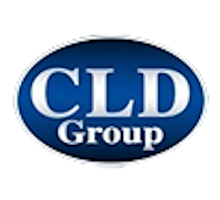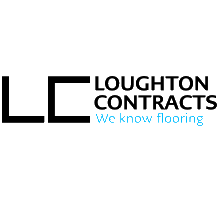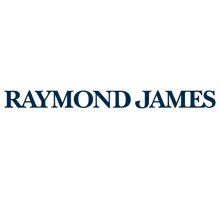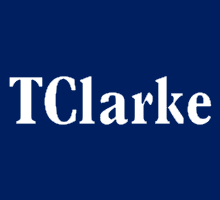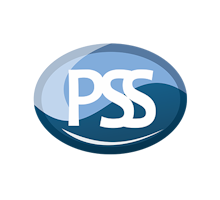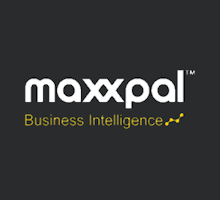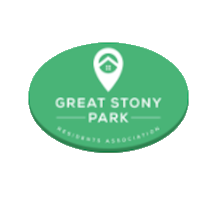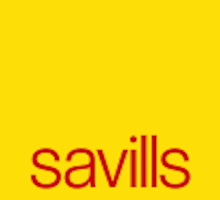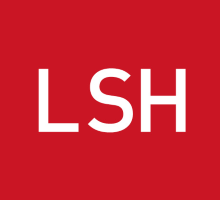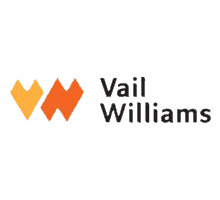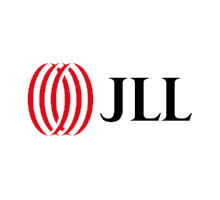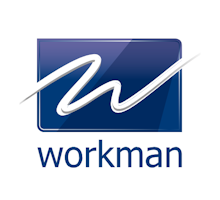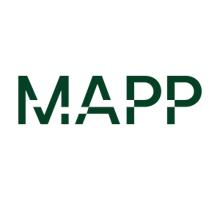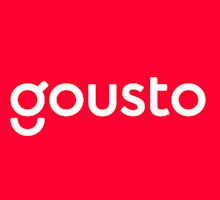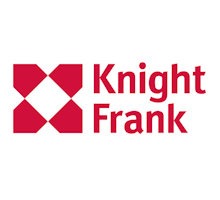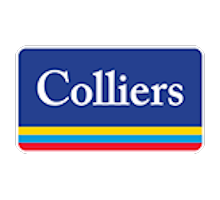Frequently Asked Questions
Browse our informative list of frequently asked questions about Bangl, QR Codes and Near Field Communication (NFC).
Bangl is designed to simplify and enhance the way businesses share crucial information.

Q & A
Whether you’re exploring Bangl and our advanced multilingual platform, QR codes or Near Field Communication (NFC), we’re here to answer your questions and help you make the most of our technology.
From real-time updates to seamless integration across industries, this FAQ section covers everything you need to know about how Bangl works, how it can be tailored to your needs, and how it helps businesses streamline compliance, safety, and communication effortlessly.
Bangl eliminates the need for costly printed materials, reducing waste and printing expenses. With real-time updates, there’s no need for reprints, helping businesses cut down on administrative costs while improving efficiency.
Yes, Bangl replaces paper-based information with digital, contactless solutions. Whether it’s safety documents, compliance forms, or operational guides, everything can be accessed instantly via QR codes or NFC, eliminating unnecessary printing.
Bangl supports multiple languages, ensuring that employees, clients, and visitors can access critical information in their preferred language. This improves comprehension, compliance, and inclusivity across diverse teams.
You can provide access to your Bangl Business Card anywhere by using the complimentary QR Code. Add to your email signatures, presentations, websites, or even large-format prints. This allows people to access your details instantly without needing to physically tap the card.
Download the guide (PDF)Triggers a direct download of the PDF guide on how to use your Bangl QR code in signatures, slides, and more.
No, Bangl is designed to be cost-effective. With pricing as low as 99p per month per QR code, it offers unlimited scans, updates, and multilingual support—far cheaper than ongoing printing and distribution costs.
Bangl makes updates instant and hassle-free. Simply log in to your dashboard, edit the content, and it’s updated in real time—no need to reprint or redistribute anything.
Absolutely. Bangl is widely used for storing and sharing COSHH, RAMS, SDS, and other compliance documents. This ensures teams always have access to the latest safety information in a secure, digital format.
Yes, Bangl provides tracking and analytics, allowing you to monitor scan activity, understand engagement levels, and improve content delivery based on real-time data.
Yes, to a degree. Bangl offers security features such as password protection and access control, ensuring that documents are only accessible to authorised users. However, no guarantees are offered or implied about absolute security. Bangl is not designed for that specifically.
- Prepare the QR Code Images:
- Ensure images are named after each user's email and stored in an accessible location.
- Access Exchange Admin Center:
- Log in to Office 365, navigate to Admin centers > Exchange.
- Manage Organization-Wide Signatures:
- Under mail flow, click rules, then Apply disclaimers…
- Create a New Rule:
- Name the rule, apply to all messages, and append a disclaimer with the QR code.
- Specify the Signature Format:
- Use HTML to include the QR code image in the signature.
- Fallback Action:
- Select Wrap if the disclaimer can't be applied.
- Save and Apply the Rule:
- Click Save to activate the rule.<
Traditional methods rely on printed documents, which are costly, slow to update, and easily misplaced. Bangl ensures instant, digital access to up-to-date documents without the waste or hassle of paper-based systems.
- Locate Your QR Code Image:
- Find the image file of your QR code named after your email address.
- Open Outlook:
- Launch Microsoft Outlook on your computer.
- Access Signature Settings:
- Go to File > Options > Mail > Signatures...
- Create/Edit Your Signature:
- Create a new signature or edit an existing one. Place the cursor where you want the QR code to appear.
- Insert Your QR Code Image:
- Click on the image icon, browse to your QR code, and click Insert.
- Adjust the Image Size:
- Click on the image to select it and adjust the size if necessary.
- Save Your Signature:
- Click OK to save and finish up by clicking OK again in the Outlook Options.
Bangl is ideal for industries like construction, healthcare, facilities management, retail, and education—anywhere information needs to be accessed quickly, securely, and in multiple languages.
A QR (Quick Response) code is a two-dimensional barcode that can be scanned using a smartphone camera to retrieve information or open a link.
An NFC (Near Field Communication) chip is a small wireless communication device that can be embedded in objects to enable contactless communication with other NFC-enabled devices.
To scan a QR code, open your smartphone camera app and hold it up to the code. A notification should appear on your screen with the option to open the link or content associated with the code.
QR codes can be easily scanned using a smartphone camera, and can provide quick access to information or links without the need to type in a URL or search.
Yes, QR codes can be customised with logos or images, as well as with different colors and designs.
QR codes require a smartphone with a camera and an internet connection to be scanned, and may not be accessible to users without these technologies.
QR codes are commonly used for marketing purposes, event registration, product information, and are typically limited. Bangl QR Codes are dynamic and can be updated once created an unlimited number of times.
An NFC tag is a small sticker or chip that contains an NFC chip, which can be read by an NFC-enabled device like a smartphone.
NFC allows for quick and easy communication between devices, and can be used for contactless payments, ticketing, and more. Furthermore and perhaps most importantly in post COVID days, NFC is a contactless technology.
Yes, NFC tags can be customised with different designs, logos, and information.
To read an NFC tag, simply hold your smartphone close to the tag and it should automatically read the information.
Yes, NFC can be used for contactless mobile payments using services like Apple Pay or Google Wallet.
NFC requires both devices to be close together and may not work well in areas with high levels of electromagnetic interference.
NFC can be vulnerable to hacking or eavesdropping if the connection is not properly secured.
Yes, NFC can be used for access control to buildings, rooms, and other secure areas.
QR codes are two-dimensional codes that can hold much more information than traditional barcodes, and can be scanned using a smartphone camera. In fact, Bangl QR Codes take the storage capacity one step further and provide a virtually unlimited amount of storage tied to a single QR Code or NFC chip.
Yes, QR codes can contain personal information like contact details, email addresses, and social media profiles.
Yes, NFC can be used for tracking objects or inventory by placing NFC tags on them and scanning them with an NFC-enabled device.
NFC has a theoretical range of up to 10 centimetres, making it ideal for close-range communication between devices. However, don't get too excited. We have never known one to work, with a modern smartphone, beyond two centimetres.
Things we are actively developing at Bangl Towers are using QR codes and NFC for augmented reality smart building control, smart packaging, and integration with Internet of Things enabled devices such as the latest Samsung home washing machines and smart fridges. Suck it Jing Yang!
